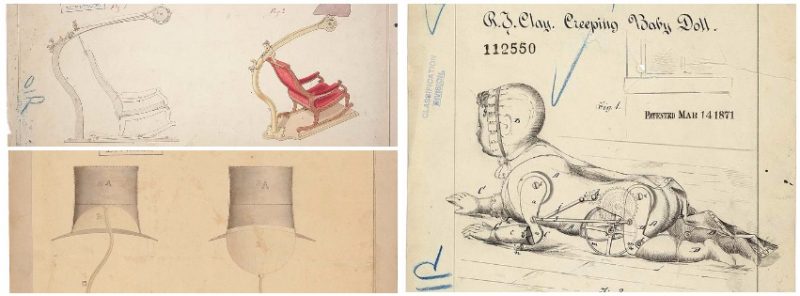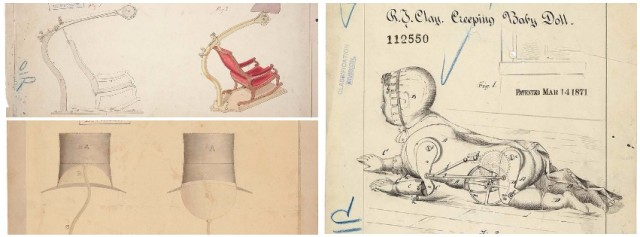
The first Patent Act of the U.S. Congress was passed on April 10th, 1790, titled “An Act to promote the progress of useful Arts” Drawings of inventions have been required from applicants for U.S. patents since the first U.S. patent statute was enacted.
Below, you can see some patent drawings that we still use and some patent drawings, that… well… we don’t
A Hat To Prevent Drowning
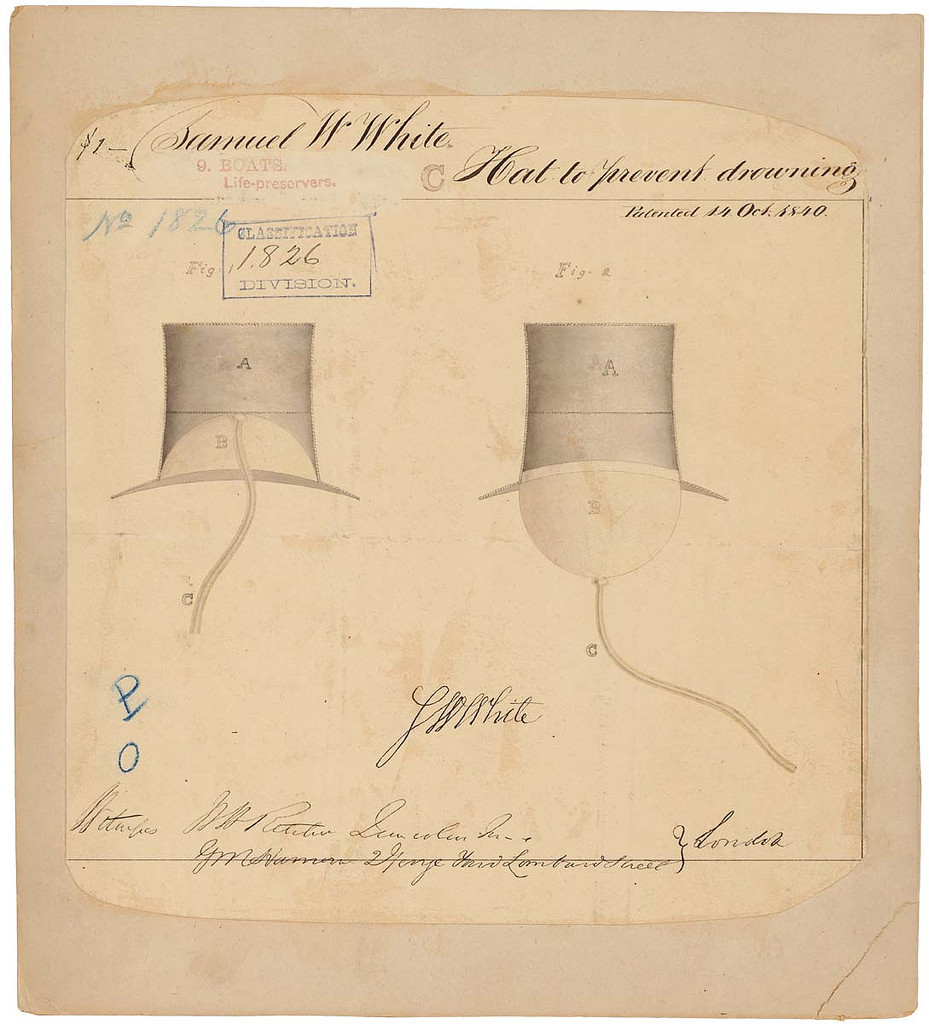
Aquatic Toy
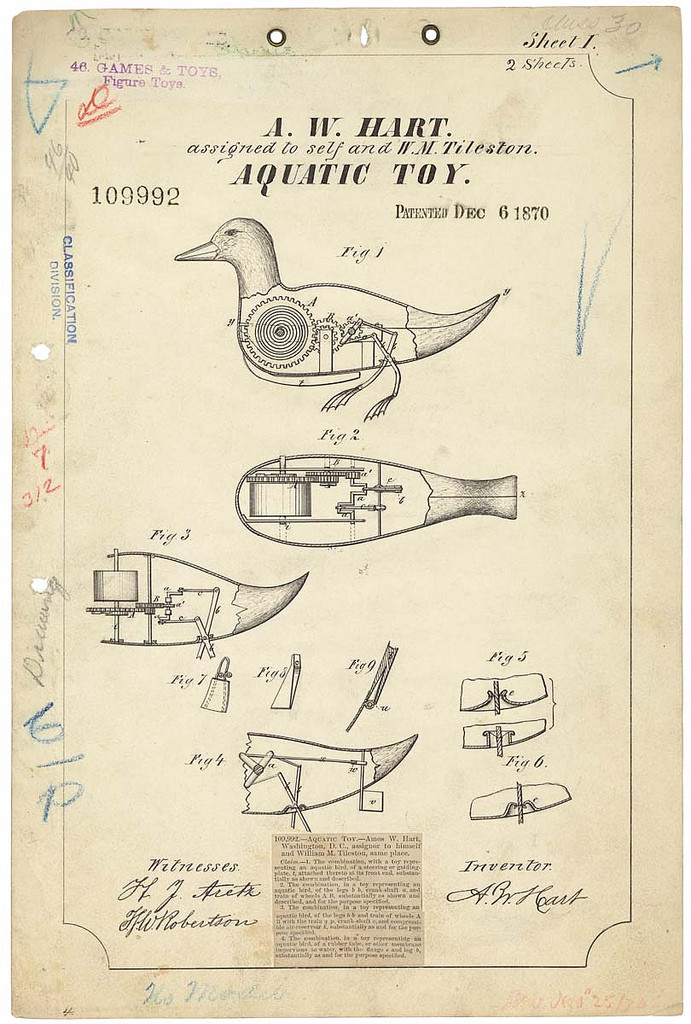
Artificial Arm
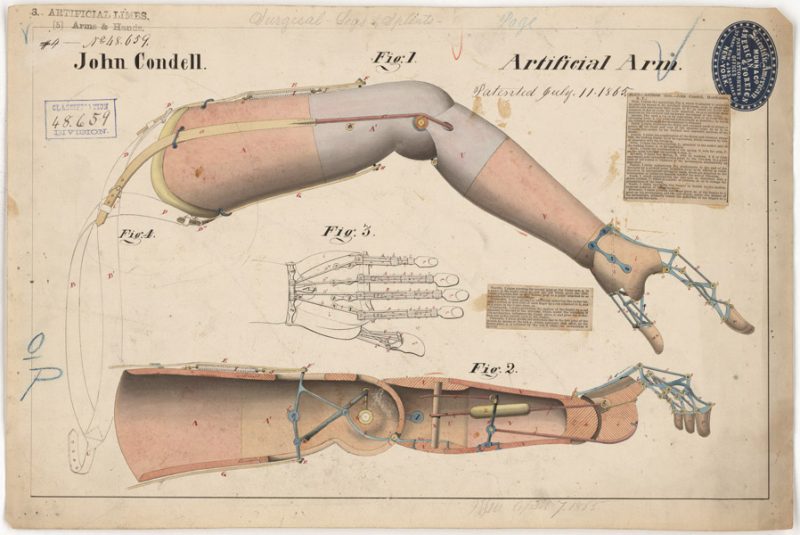
Edison’s Kinetoscope
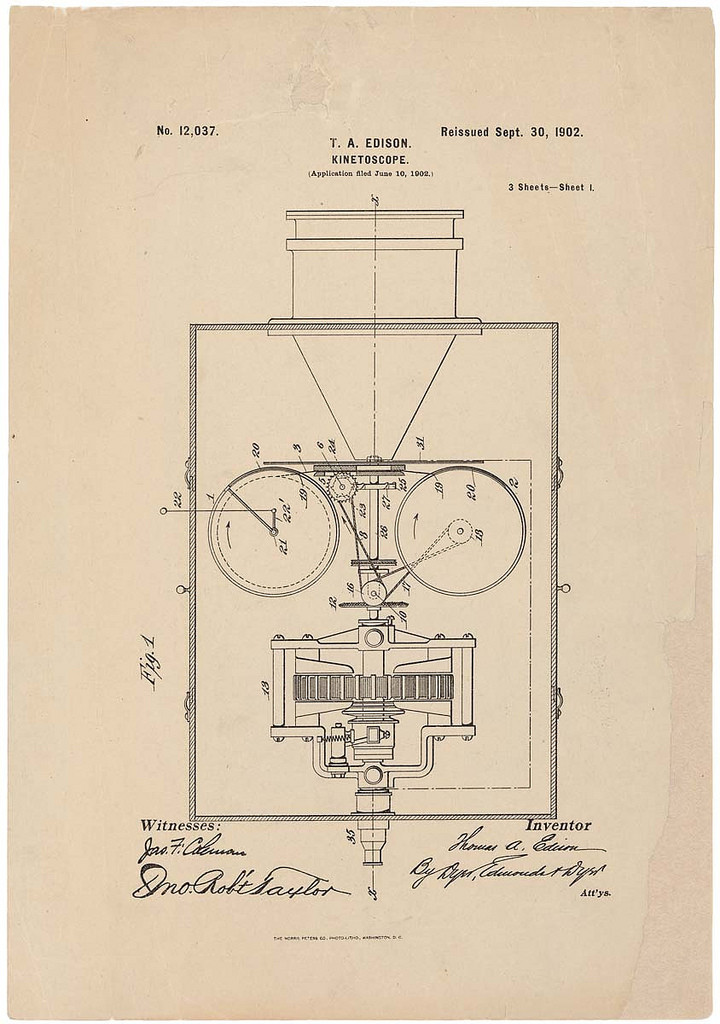
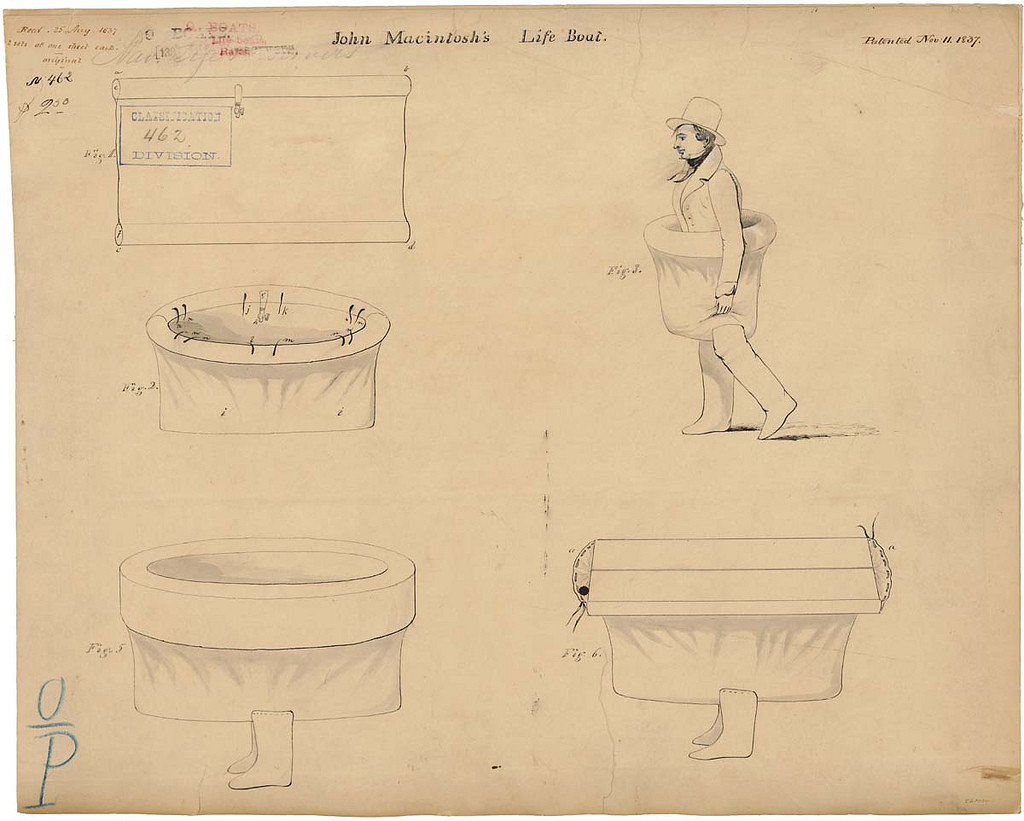
Patents were systematically granted in Venice as of 1450, where they issued a decree by which new and inventive devices had to be communicated to the Republic in order to obtain legal protection against potential infringers. The period of protection was 10 years. These were mostly in the field of glass making. As Venetians emigrated, they sought similar patent protection in their new homes. This led to the diffusion of patent systems to other countries.
Creeping Baby Doll
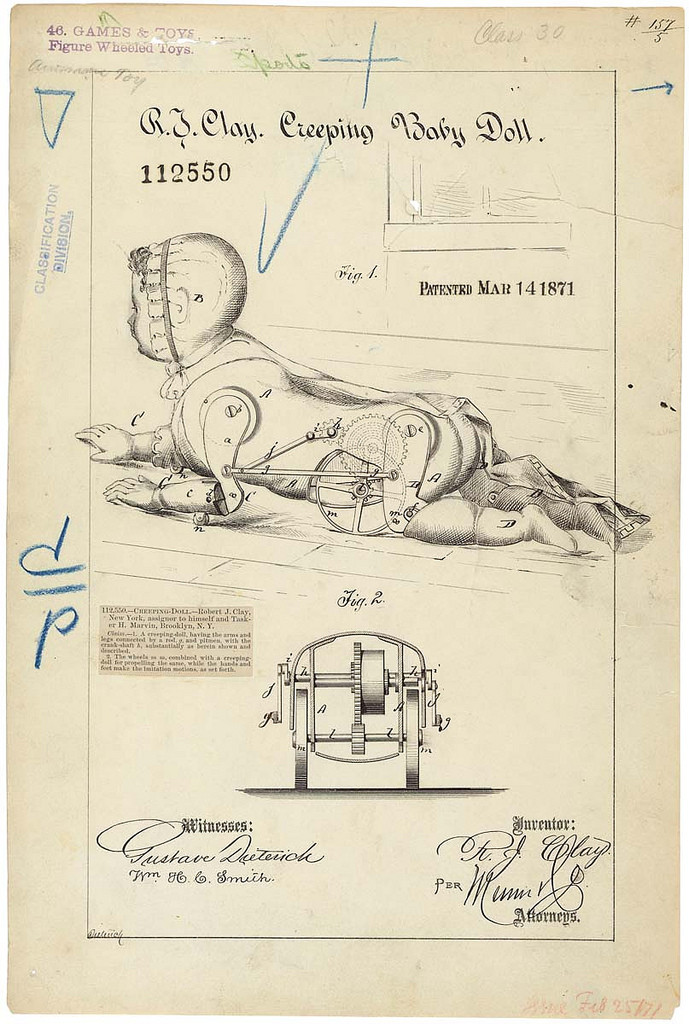
Drawing of Diving Dress
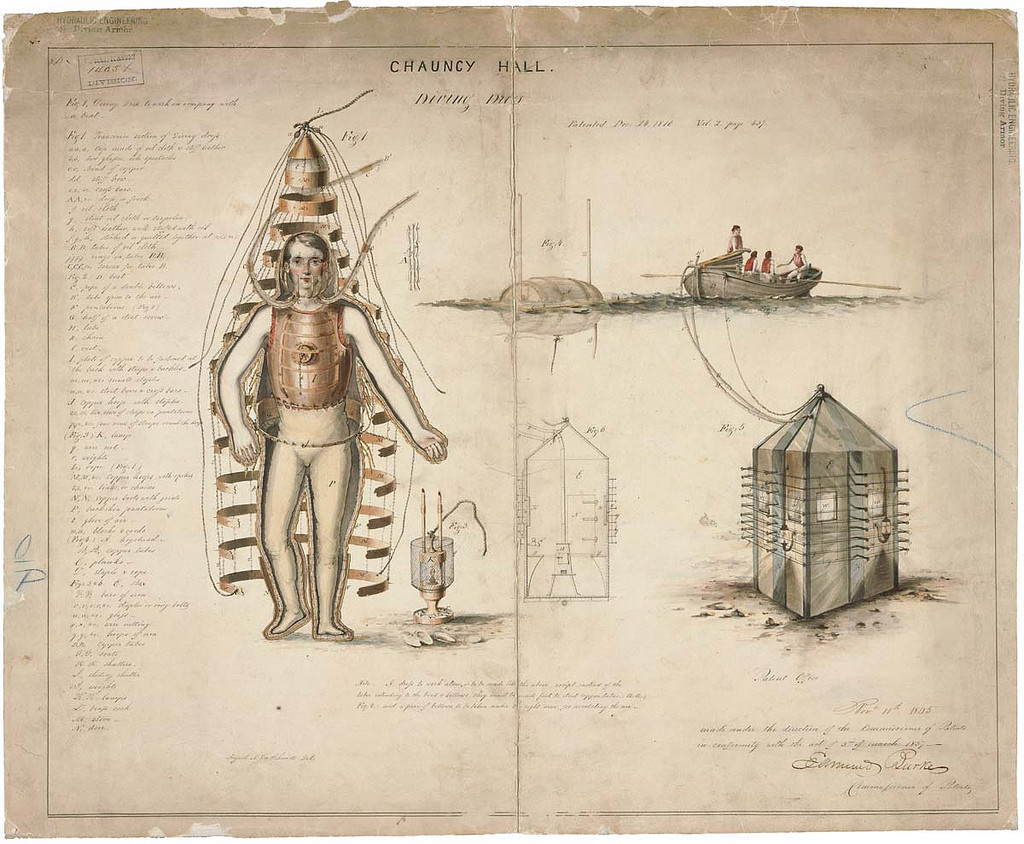
Drawing of Fan Moved by Mechanism
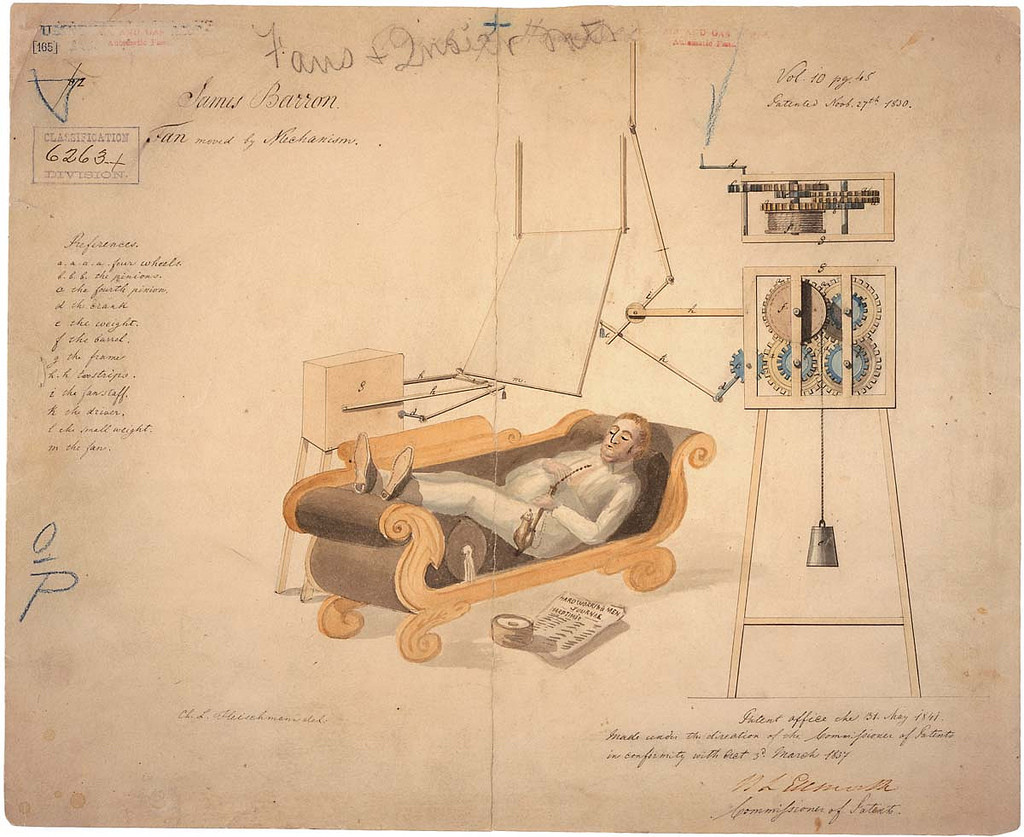
Improvement in Hoop Skirts
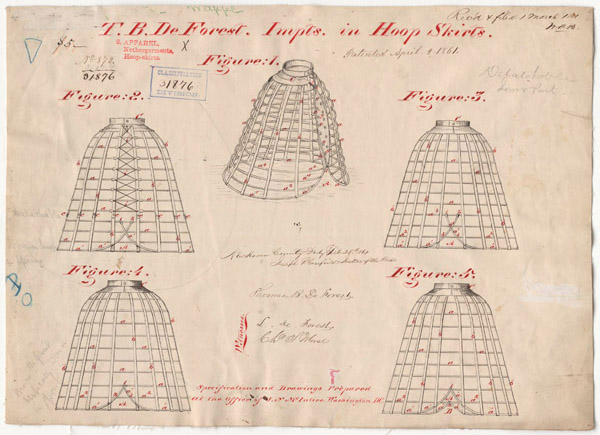
Patent Drawing by T.B. De Forest.
Elisha Otis’s Elevator Patent Drawing,
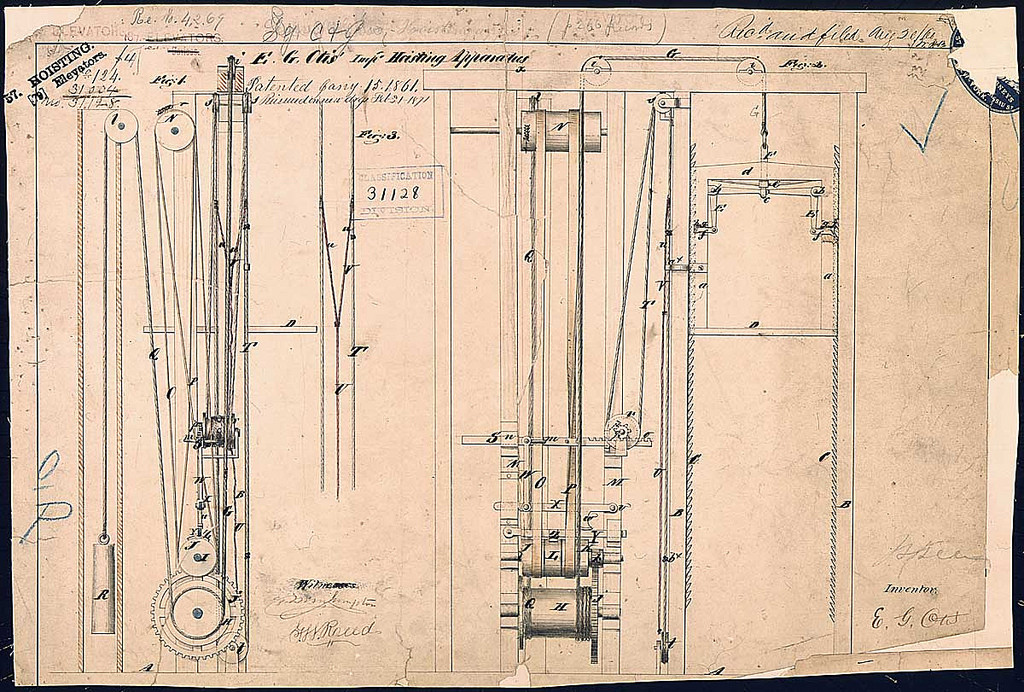
Battery Gun
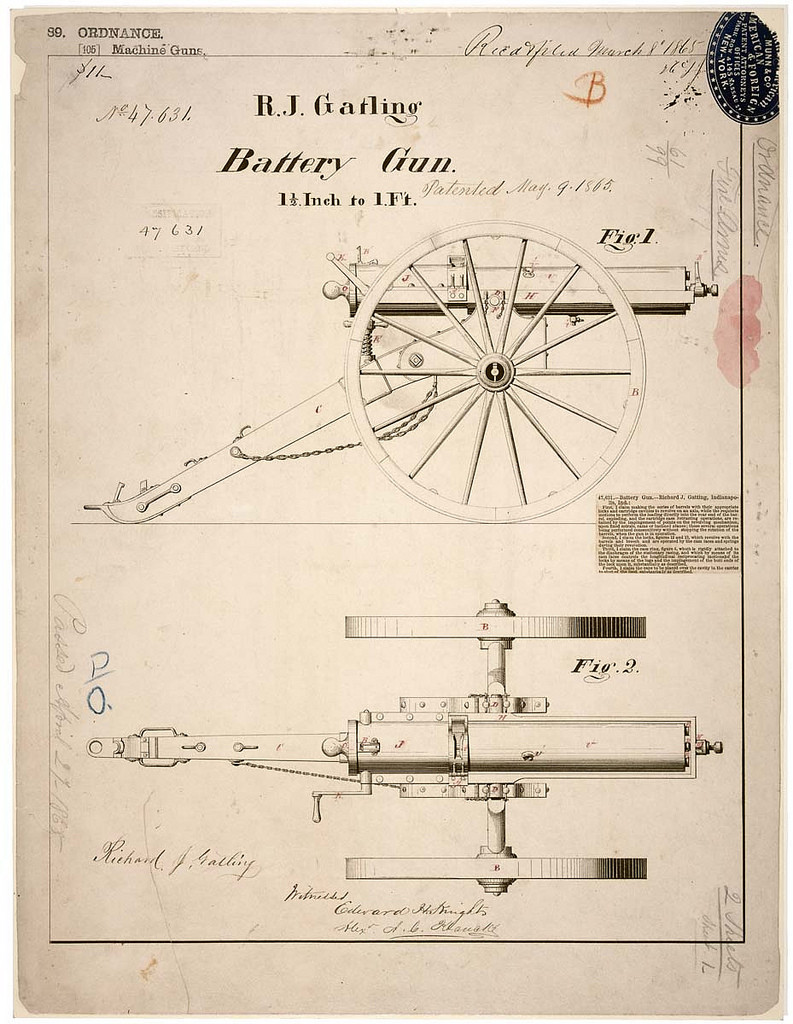
Flying machine
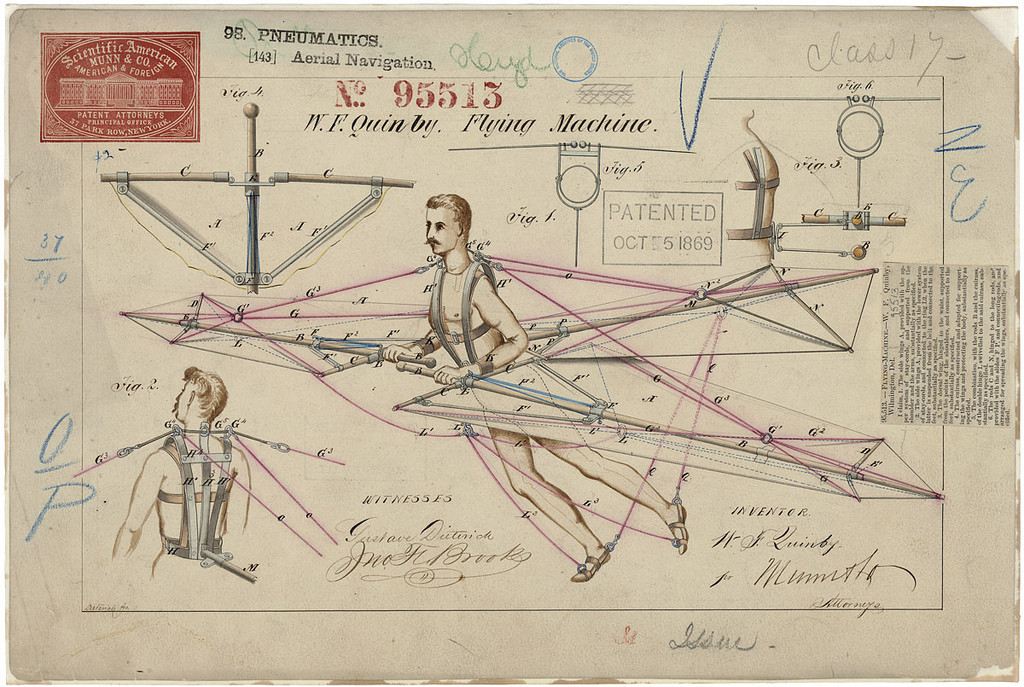
Patent drawing by W.F. Quinby 10/5/1869
Drawing of Rocking Chair and Fan
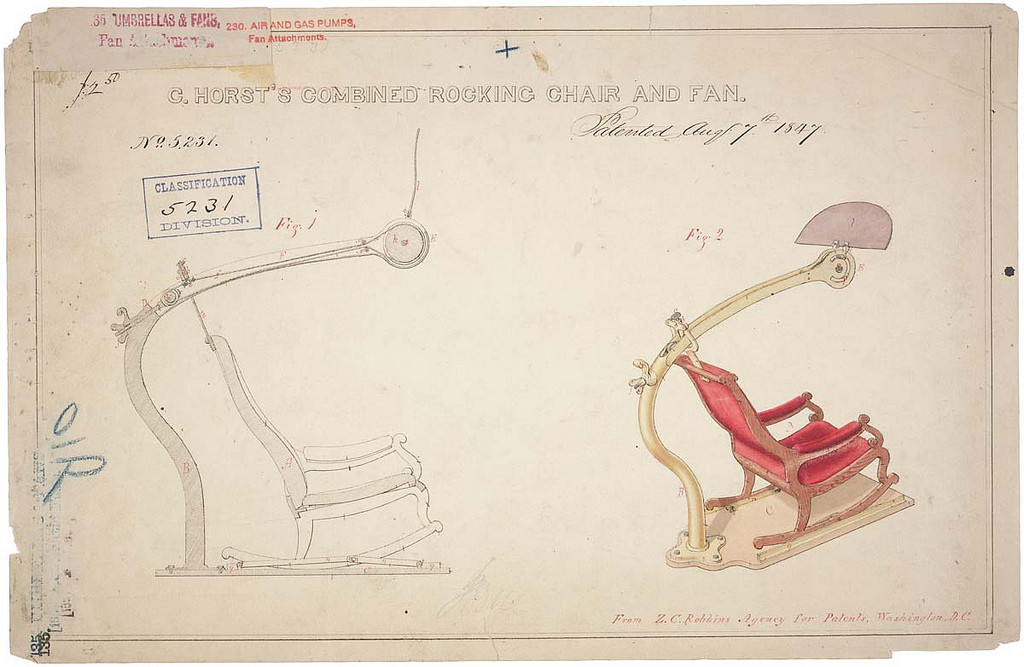
Drawing of Submarine Telescope,
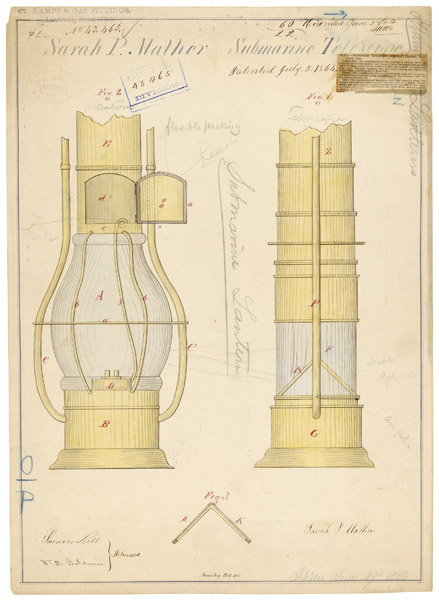
The English patent system evolved from its early medieval origins into the first modern patent system that recognised intellectual property in order to stimulate invention; this was the crucial legal foundation upon which the Industrial Revolution could emerge and flourish. By the 16th century, the English Crown would habitually abuse the granting of letters patent for monopolies.
The modern French patent system was created during the Revolution in 1791. Patents were granted without examination since inventor’s right was considered as a natural one. Patent costs were very high (from 500 to 1,500 francs). Importation patents protected new devices coming from foreign countries. The patent law was revised in 1844 – patent costs were lowered and importation patents were abolished.
All photos: U.S National Archives
